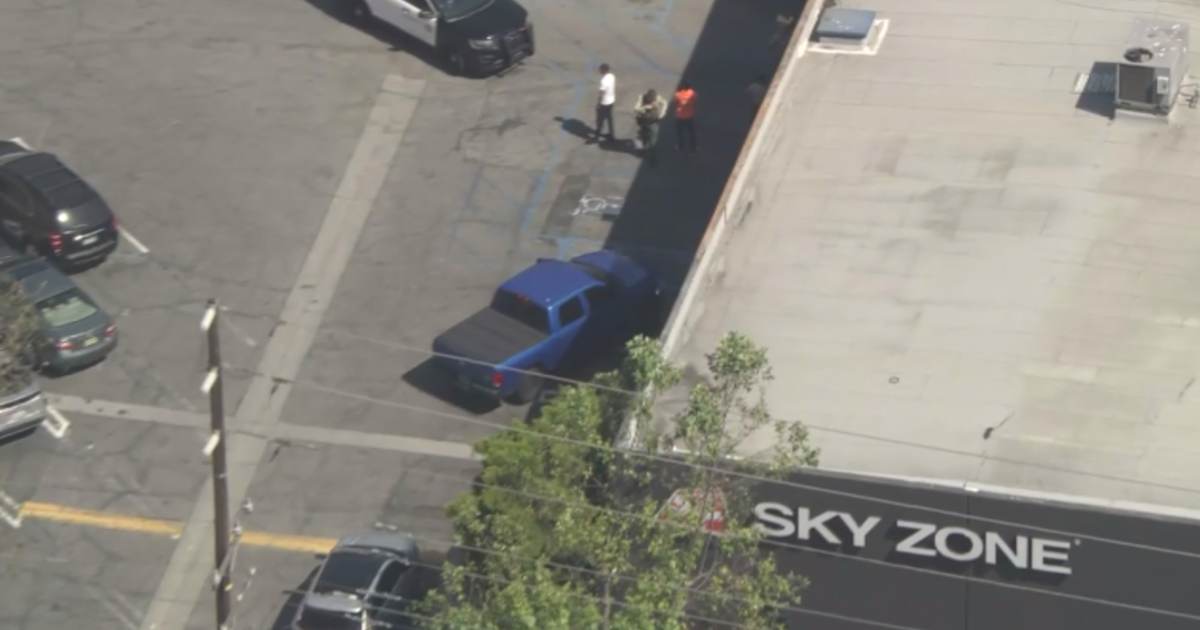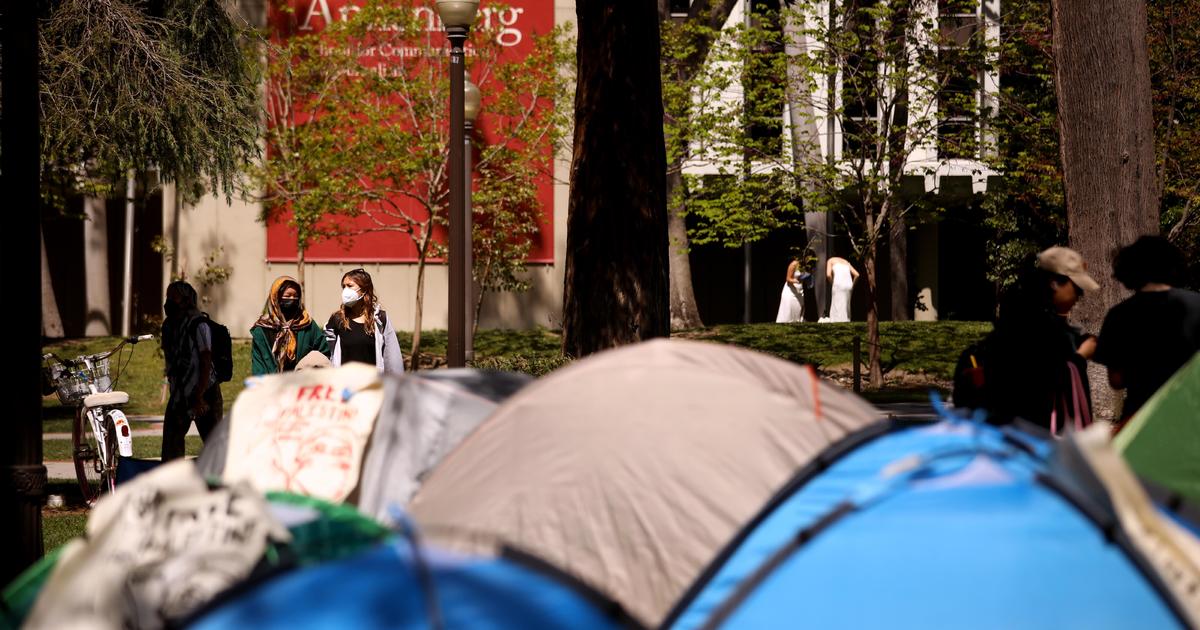NBA Talks Reach Messy Point Where Even Cohen Needs A Drink
CBS Sports
Ken Berger
NEW YORK -- After 24 ½ hours of meetings with NBA owners and players over two days, George Cohen went to the only place someone hoping to cling to some shred of sanity would go.
The hotel bar.
Whatever his beverage of choice, it certainly was well deserved, and presumably much needed. Though I also presume they were not ordered in the copious quantities I would've required after dealing with a negotiating logjam that makes the European bailout seem like a debate at the lemonade stand over who does the squeezing and who makes change.
Tuesday's bargaining session, which began at 10 a.m. and finally broke up at 2 a.m. Wednesday, had been situated precariously amid a series of unrelated owners meetings that were either vital or completely inane, depending on what level of importance you placed on the NBA first achieving a collective bargaining agreement with its players. Cohen, the top federal mediator in America, was having none of it. When negotiations bumped into committee meetings, the meetings were rescheduled so the mediation could continue.
Mediation, people, is the only way this problem is going to get solved. Mediation and, perhaps, hypnosis, mood-altering drugs or mind-altering surgical procedures. I am beginning to think the owners and union execs don't need mediation as much as they need meditation -- that they don't require a mediator as much as a brain surgeon. And after arriving at the Manhattan hotel around noon Tuesday and spending 22 of the next 30 hours babysitting these talks, I'm convinced all of the above would help me.
So Cohen's effort to save the NBA from itself broke off Wednesday night after 8 ½ more hours of bargaining so the league's owners could meet in another Manhattan hotel -- where they would only have each other to kick around. But it was only a respite; they'll be back at it Thursday around 2 p.m., after the owners' meetings conclude.
Altogether now: Back, schmack.
Maybe this is something, and maybe it isn't. One participant quizzed about the status of talks said there were hardly any breakthroughs, but added that he was "encouraged." Encouraged by what, the unlimited supply of oxygen? Whatever the case, further examination of the key issues that form the chasm between the two sides reveals just how difficult a resolution is going to be.
The two key issues remain the owners' goal of decreasing player salaries while also redistributing team payrolls and talent more fairly. The split of revenues (BRI) and the extremely messy business of flattening the payroll disparity among teams have been decoupled and recoupled during these talks in an effort to attack them independently. But even league negotiators who describe their position as two distinct goals recognize that, at some point, they have to link up together.
That is the point I believe these talks have reached, and it is in this intersection where hope for an NBA season ultimately will rise or perish.
In the absence of information due to Cohen's insistence on confidentiality, it is impossible to know for sure. But Cohen's gag order hasn't merely eclipsed details; it also has squelched the rhetoric from both sides. And in my blissful isolation from spin, I have been able to do some thinking -- and some figuring.
My conclusion: As simple as it would be to reconcile their differences on economics and system issues, it is when you inevitably have to merge them back together that the numbers and goals don't add up.
The NBA seeks first to compress overall player salaries by about $300 million a year by securing an agreement from the players to reduce their share of BRI from 57 percent to 50 percent. The players have proposed 53 percent, a significant reduction of more than $200 million a year averaged over six years -- most of the money the owners say they were losing under the previous system.
The final number will be somewhere in between, and progress on the revenue split has been regarded as the simplest compromise facing the two parties since they emerged from a key bargaining session Oct. 4 with an annual difference that CBSSports.com reported may have been as small as $80 million based on their unofficial bargaining positions.
But the owners also want to rein in the top-spending teams through various system restrictions and boost the low-spending teams with a revamped revenue sharing plan. This plan to dramatically increase revenue sharing is what owners are discussing at their separate meetings with the goal of presenting for the first time the details of their proposal to the players on Thursday. And this is where things get messy. Very messy.
League negotiators have spoken of initially tripling the amount of revenue sharing to help small-market teams, but team executives have told CBSSports.com such a measure doesn't go far enough. The players union agrees, and this is only the beginning of the complications inherent in the owners' dual goal of lowering salaries and redistributing team payrolls.
According to payroll figures for all 30 teams obtained by CBSSports.com, the seven teams with the highest payrolls last season -- those that paid luxury tax -- accounted for 28 percent of league-wide player salaries: the Lakers, Magic, Mavericks, Celtics, Jazz, Trail Blazers and Rockets. The eight lowest-spending teams accounted for 22 percent (Kings, Clippers, Timberwolves, Cavaliers, Bulls, Wizards, Thunder and Nets), while the 15 teams in the middle accounted for 50 percent.
The league wants a flatter curve, and though it has never articulated exactly how it wants the payrolls redistributed, it is clear that league-wide player expenses must come down in the aggregate and that the top-spending teams have to spend less while the bottom-feeders must spend more under the owners' proposals. However, it is clear from studying the salaries already committed for the 2011-12 season that it would be nearly impossible to reduce the players' share to 50 percent and flatten the payroll disparity without rollbacks on existing contracts, a concept the union has fought and the league has agreed to abandon.
Including the 60 draft picks (who for the sake of argument would be paid something close to the previous rookie scale) but excluding players on fully non-guaranteed deals, there are 303 players under contract for next season for a total of $1.65 billion. There are 129 free agents. If the average roster size is 14 (as required under the previous CBA), that's 420 jobs. So a reduction in the players' share to 50 percent, or $1.98 billion, would leave only $330 million to pay 117 players -- an average of $2.8 million each. So clearly, with a 50-50 BRI split in Year 1 and no rollbacks, the brunt of the salary reduction would fall on the class of 2011 free agents, with such names as Tyson Chandler, Caron Butler, Tayshaun Prince and some members of the players' negotiating committee, such as Roger Mason and Maurice Evans.
A 53 percent share for the players, or $2.09 billion, would leave $444 million for teams to fill out their rosters, or a more manageable $3.8 million per player. But any way you look at it, the top free agents would take a major cut compared to those who already got paid, and a significant number of role players would be out of jobs.
So with more than 70 percent of teams' rosters already under contract for next season, it would be difficult enough to accommodate the reduction in the players' share if all elements of the previous system remained in place. When you try to envision what would happen under a 50-50 split that also included the top seven teams spending less and the bottom eight spending more, you can begin to understand why the first place Cohen went when the mediation ceased Wednesday night was the bar.
How would the seven tax-paying teams reduce payrolls without rollbacks when more than 70 percent of their rosters already are under contract? Where would the eight bottom feeders get the money to increase their payrolls even as aggregate player salaries would decline by $277 million under a 50-50 split in Year 1? And of vast importance, in a so-so free agent class, how could you force Sacramento, New Orleans or Indiana to spend money on players they may not want or need just to bring their payrolls in line with the league's vision of competitive balance?
Messy, I told you. Messy.
What is clear to me, and must have become clear to Cohen after more than 24 hours of hearing this stuff, is that the owners simply cannot achieve their goals of a 50-50 split and dramatically flattened payroll disparity right away. One or the other, and perhaps both, will have to be phased in over several years.
At some point, the salary floor has to be raised from its previous level of 75 percent of the cap, just as a more punitive luxury tax will be needed at the top to rein in the big-spending teams. But just as the adjustments at the top will have to come over time unless existing contracts are rolled back or players are released as NFL-like "cap casualties," so, too would the mandatory increased spending at the bottom have to be phased in. This may be the only way to avoid what has befallen the NHL and its flex-cap system -- undeserving players getting overpaid in the name of competitive balance.
There are no magic bullets here, no easy solutions. At the very least, the two sides are talking, and as Cohen said, "Everyone is extremely focused on the core issues, the difficult issues that confront them."
But after spending only a couple of hours confronting those same issues Wednesday, I'm as flummoxed as I am exhausted. And so I'm going to the only place that makes sense, to the exact spot where Cohen was sitting a couple of hours before I finished writing this and asking for one of what he was having.



